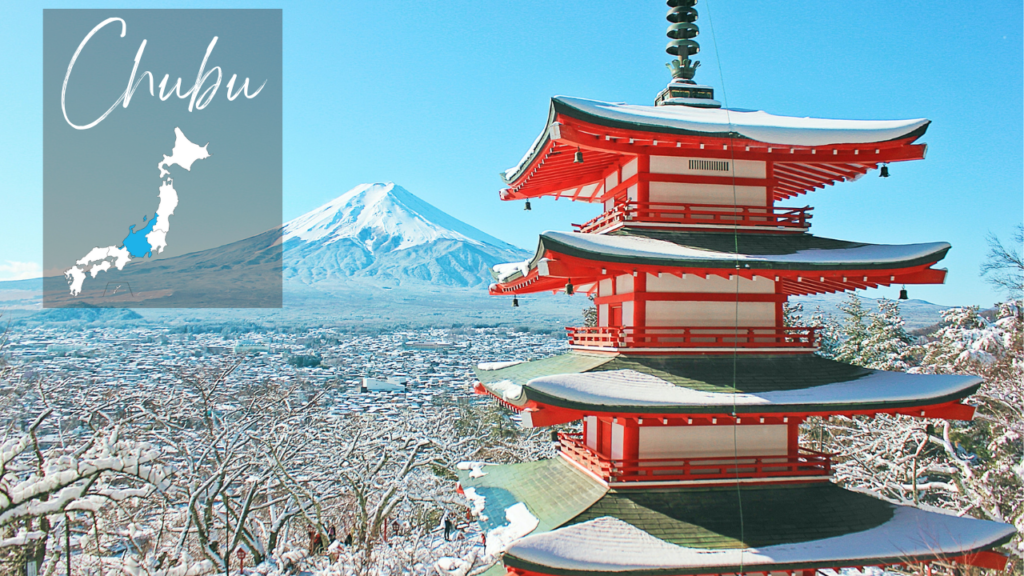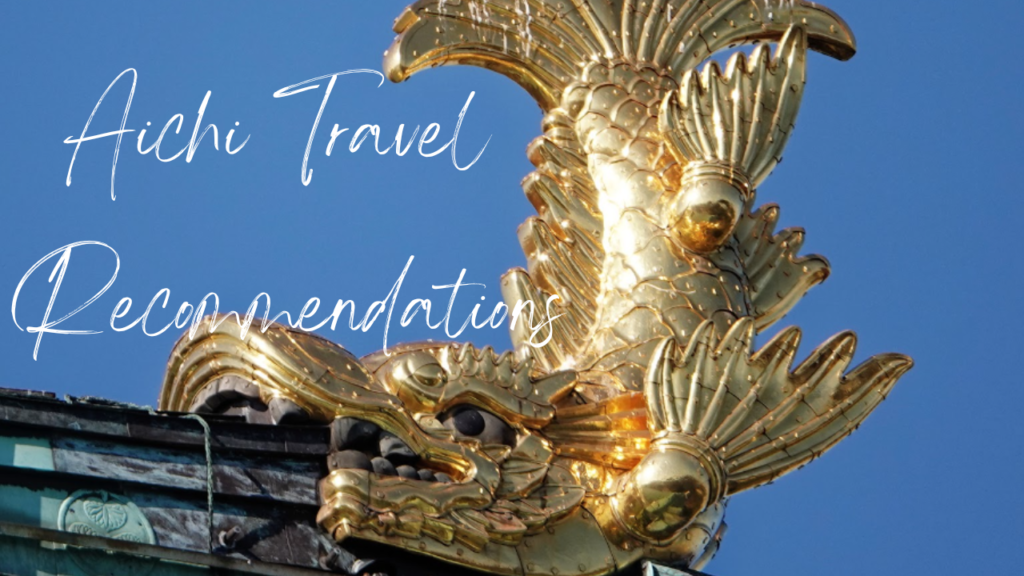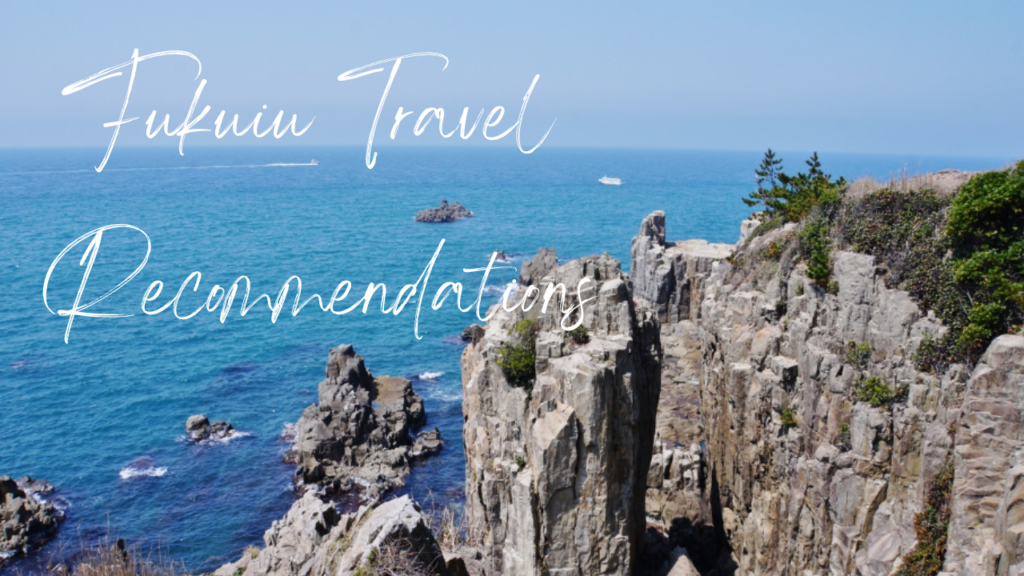Contents
Overview of Kanto region
The Chubu region of Japan represents the central part of the country and is the third-largest region in Japan, located on the Honshu island. The region is diverse and comprises nine prefectures, including Aichi, Fukui, Gifu, Ishikawa, Nagano, Niigata, Shizuoka, Toyama, and Yamanashi. The region is home to some of the most scenic landscapes, historical sites, and industrial cities in Japan. From the towering mountains to the coast, the Chubu region offers a plethora of attractions that attracts tourists from around the world.
One of the most prominent cities in the Chubu region is Nagoya, which is the city of commerce and industry. It is also the fourth largest city in Japan and boasts modern infrastructure, efficient transportation systems, cultural sites, and rich culinary traditions. The city is famous for its traditional festivals and events, including the Nagoya Castle Festival, the Nagoya Food Festival, and the Nagoya Grand Sumo Tournament. Nagoya is also home to many of Japan’s top automobile firms, such as Toyota, Mazda, Suzuki, and Mitsubishi.
Another city that stands out in the Chubu region is Kanazawa, located in Ishikawa Prefecture. Kanazawa is famed for its Edo-style streets and preservation of traditional crafts, including ceramics, lacquerware, and gold leaf. It is home to Kenrokuen, one of Japan’s top three gardens and the Kanazawa Castle, which has a history that spans more than 500 years. Overall, the city is considered one of the best-preserved cities that showcase Japan’s traditional culture.
The Chubu region is also known for its scenic landscapes, including the Japanese Alps that span across Gifu, Nagano, and Toyama Prefectures. The region is home to numerous hot springs and ski resorts, making it a popular tourist destination. One of the most famous mountainous regions in the Chubu region is the Kamikochi Valley, located in the Northern Japanese Alps of Nagano prefecture. It is known for its breathtaking scenery including the majestic Mount Hotaka and the Azusa River.
Shizuoka prefecture is another must-visit destination in the Chubu region, which boasts some of the best natural scenery in Japan. Mt. Fuji, the tallest mountain in Japan, is located in the southwestern part of Shizuoka Prefecture. It’s an iconic symbol of Japan that attracts tourists from around the world. The area around Mt. Fuji, including the Fuji Five Lakes region, offers excellent hiking trails, hot springs, and scenic beauty that can be enjoyed all year round. The Izu Peninsula, comprising of three cities and six towns in Shizuoka, is another popular destination for tourists. The peninsula is famous for its seaside scenic drives, onsens, and excellent seafood cuisine.
In addition to its scenic landscapes, the Chubu region is also known for its historical sites and cultural sites. For example, Shirakawa-go, which is located in Gifu prefecture, is a UNESCO World Heritage Site known for its traditional Japanese house architecture. The Hida-Takayama district, also located in Gifu, boasts a picturesque old town that preserves the atmosphere and culture of the Edo period. The Kiso Valley, which is located between Nagano and Gifu prefectures is a historic area known for its ancient post towns preserved from the Edo period.
The Chubu region’s cuisine is another attraction for tourists. The region boasts of some of the best sushi in Japan, and the Misokatsu from Nagoya is considered one of the three major pork dishes in the country. Shizuoka is renowned for its Wasabi production, and the region’s culinary culture is rooted in using fresh and locally sourced ingredients.
History of Kanto region
The region’s rich natural resources, including fertile land, abundant water, and dense forests, supported the development of agriculture, fishing, and forestry. Many local industries, such as sericulture (silkworm breeding), lacquerware, and pottery, gained prominence and spread across Japan. One notable example is the Mino ceramics, which are known for their simple yet elegant designs and were prized by tea masters during the Edo period.
During the Sengoku period, the Chubu region became a battleground for various clans and warlords who fought for power and territory. One of the most famous battles in Japanese history, the Battle of Okehazama, took place in 1560 in Aichi Prefecture, where the young general Oda Nobunaga defeated his rival Imagawa Yoshimoto and established his dominance over the region. Nobunaga was succeeded by his protégé Toyotomi Hideyoshi, who completed the unification of Japan and started a period of relative peace and prosperity known as the Azuchi-Momoyama period (1568-1600). During this time, many castles and gardens were built in the Chubu region, such as Nagoya Castle and Kenrokuen Garden in Kanazawa.
The Edo period (1603-1868) saw the consolidation of political power by the Tokugawa shogunate, which imposed a strict social hierarchy and restricted foreign trade and contact. The Chubu region, located in the heart of Japan, became a key transportation and communication hub, connecting the east and west coasts of the country. Many post towns and rest stops were established along the Tokaido and Nakasendo highways, where travelers could rest, dine, and enjoy various cultural activities. Some of the most famous post towns, such as Tsumago and Magome, are still preserved today and attract many tourists.
The Meiji period (1868-1912) marked the beginning of Japan’s modernization and opening to the world. The Chubu region played a vital role in this process, as it was home to many industrial centers, such as Nagoya, Toyota, and Yokkaichi. These cities were hubs of manufacturing and trade, producing various goods, such as textiles, ceramics, steel, and chemicals. The region’s transportation networks were also modernized, with the construction of railways, highways, and ports. However, this rapid development came at a cost, as many traditional industries and crafts were lost, and the environment was damaged by pollution and deforestation.
Today, the Chubu region continues to be a vital part of Japan’s economy and culture, with a diverse mix of urban and rural areas, old and new industries, and traditional and modern lifestyles. It is home to many famous landmarks, such as Mt. Fuji, Shirakawa-go, and the Ise Grand Shrine, as well as to many hidden gems and local specialties, such as Takayama festival, Onomichi ramen, and Izu shochu. The region’s rich history and natural beauty are preserved and celebrated through various festivals, museums, and traditions, such as cherry blossom viewing, hot springs bathing, and tea ceremonies.
Prefectures of Chubu region
Aichi
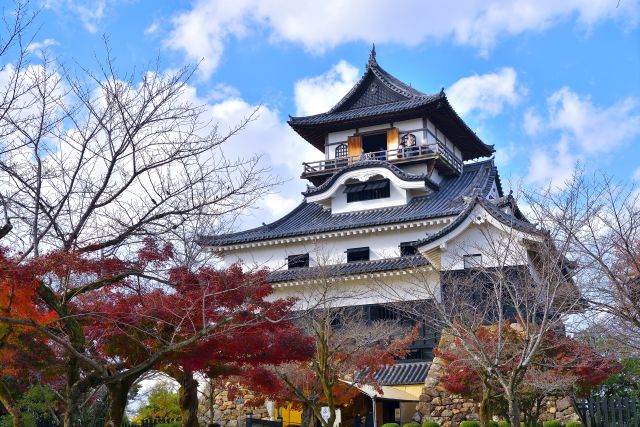
Located in central Japan, Aichi is a vibrant region with a rich history and culture. A must-visit destination is Nagoya, the region’s capital, which is famous for its delicious cuisine, including hitsumabushi (unagi), miso katsu (pork cutlet with miso sauce), and misonikomi udon (thick wheat noodles in a miso-based broth). Other popular attractions include Nagoya Castle, Atsuta Shrine, and Toyota Commemorative Museum of Industry and Technology. Another highlight is the picturesque town of Inuyama, home to the oldest castle in Japan, Inuyama Castle, and the traditional cormorant fishing on the Kiso River.
Here are some Aichi Travel Recommendations.
Fukui
Located on the west coast of Japan, Fukui is a beautiful region known for its picturesque landscapes and rich culture. A highlight is the Eiheiji Temple, one of the most important Zen temples in Japan. Other popular attractions include the Fukui Dinosaur Museum, where visitors can learn about the region’s rich paleontological history, and Maruoka Castle, a beautiful and well-preserved castle built in the late 16th century. The area is also famous for its delicious seafood, including Echizen crab, and traditional crafts such as Echizen washi (Japanese paper).
Here are some Fukui Travel Recommendations.
Gifu
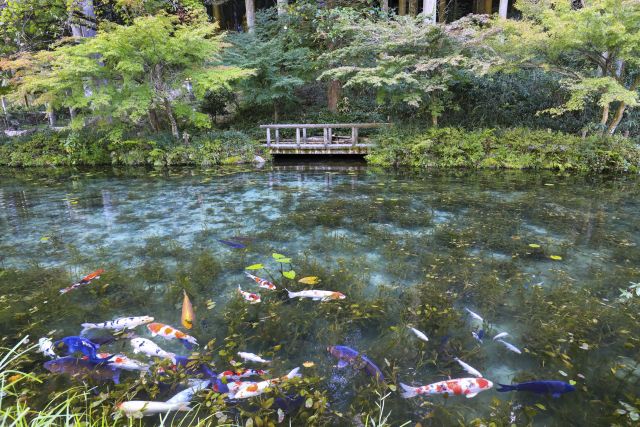
Located in central Japan, Gifu is a region packed with natural beauty, history, and culture. A must-visit destination is Takayama, a picturesque village famous for its beautifully preserved old town and traditional festivals. Other popular attractions include the stunning Shirakawa-go village, known for its unique gassho-zukuri architecture, and Gifu Castle, which is perched atop a hill overlooking the city. The region is also known for its delicious cuisine, including hida beef and local sake.
Here are some Gifu Travel Recommendations.
Ishikawa
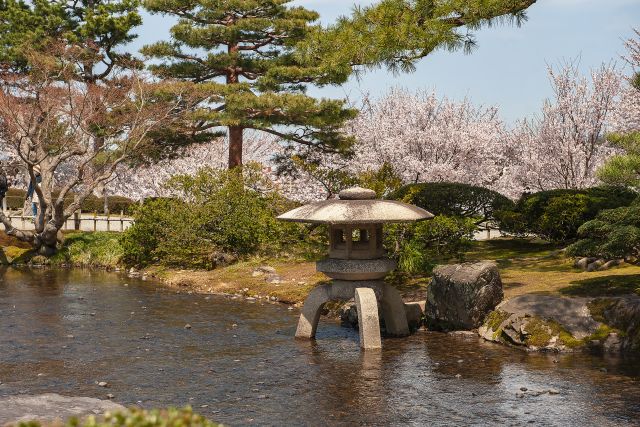
Located on the west coast of Japan, Ishikawa is a region famous for its traditional crafts, beautiful landscapes, and rich cultural history. A must-visit destination is Kanazawa, a picturesque city known for its well-preserved samurai and geisha districts, beautiful gardens, and the Kenroku-en Garden, one of the top three gardens in Japan. Other popular attractions include the 21st Century Museum of Contemporary Art and the Higashi Chaya district, a beautifully preserved geisha district. The region is also famous for its delicious seafood, including sushi, sashimi, and kaisen-don (rice bowl with assorted seafood).
Here are some Ishikawa Travel Recommendations.
Nagano
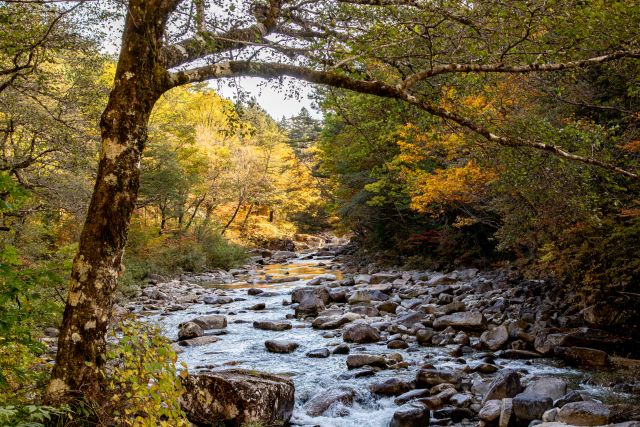
Located in central Japan, Nagano is a region famous for its beautiful countryside and outdoor activities. A must-visit destination is the majestic Zenko-ji Temple, one of the oldest and most important Buddhist temples in Japan. Other popular attractions include the beautiful Matsumoto Castle, the Jigokudani Snow Monkey Park, where visitors can observe wild monkeys bathing in hot springs, and the stunning Kiso Valley, a popular hiking and trekking destination. The region is also home to delicious cuisine, including soba noodles, oyaki dumplings, and Shinshu sake.
Here are some Nagano Travel Recommendations.
Niigata
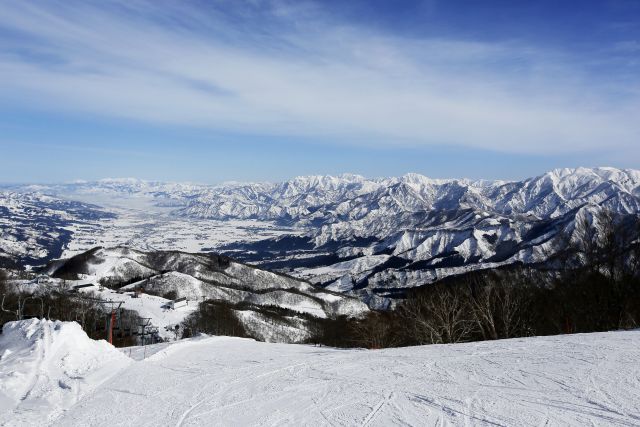
Located on the west coast of Japan, Niigata is a region known for its delicious cuisine and beautiful landscapes. A must-visit destination is the stunning Sado Island, a remote island with beautiful beaches, mountains, and a rich cultural history. Other popular attractions include the historic city of Niigata, the Echigo-Tsumari Art Field, one of the largest outdoor art festivals in the world, and the Koshihikari Rice Terraces, which were recognized as a Globally Important Agricultural Heritage System by the FAO in 2011. The region is also famous for its delicious seafood, including salmon, crab, and sushi, and excellent sake.
Here are some Niigata Travel Recommendations.
Shizuoka
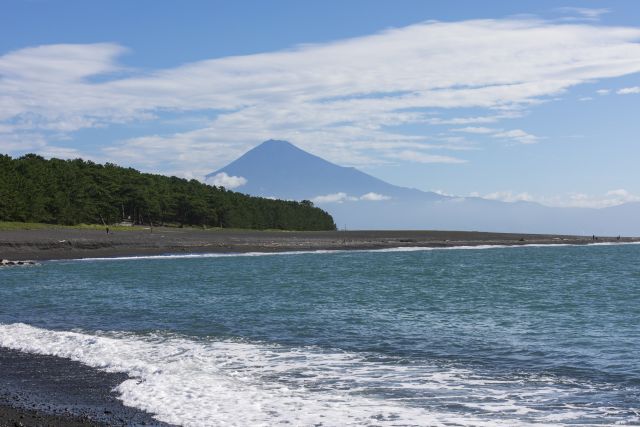
Located along the east coast of Japan, Shizuoka is a region known for its beautiful coastal landscapes, hot springs, and rich cultural history. A must-visit destination is the stunning Mt. Fuji, which is located on the border between Shizuoka and Yamanashi prefectures. Other popular attractions include the beautiful Izu Peninsula, the historical town of Shimoda, and the hot springs of Atami and Shuzenji. The region is also famous for its delicious seafood, including sakura ebi (tiny shrimp) and katsuo (bonito), and for its green tea production.
Here are some Shizuoka Travel Recommendations.
Toyama
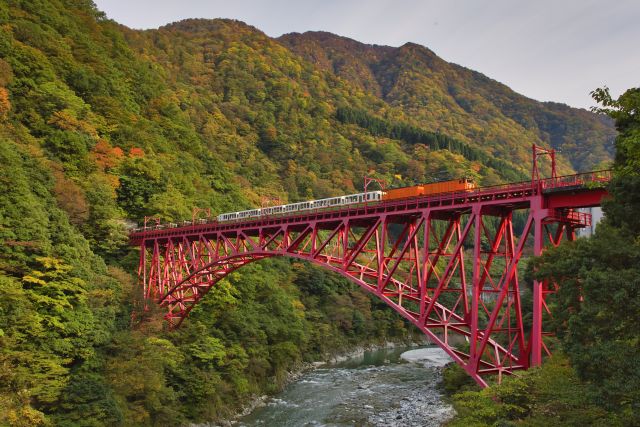
Located on the west coast of Japan, Toyama is a region known for its beautiful mountain landscapes, rich cultural history, and delicious cuisine. A must-visit destination is Tateyama Kurobe Alpine Route, a scenic and picturesque route that connects Tateyama, Nagano prefecture, and Toyama City. The route features beautiful views of mountains, lakes, and waterfalls, and visitors can experience a variety of outdoor activities such as hiking, skiing, and hot spring baths. Other popular attractions include Gokayama, a UNESCO World Heritage site with beautiful traditional houses, Toyama Castle.
Here are some Toyama Travel Recommendations.
Top 7 best things to do in Chubu region
Visit Mount Fuji
As the tallest mountain in Japan, Mount Fuji is a must-see destination for tourists in the Chubu region. Known for its distinctive shape and breathtaking views, visitors can hike to the summit, or take in the beauty of the mountain from one of the nearby towns or lakes.
Explore the Hida Takayama region
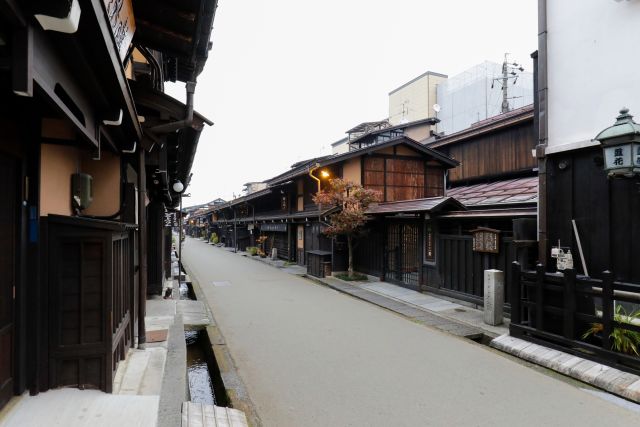
Nestled in the Japanese Alps, the Hida Takayama region boasts a picturesque, old-world charm. Visitors can wander through the historic town, which is filled with unique shops, restaurants and traditional houses.
Experience the Takayama Festival
Held twice a year, the Takayama Festival is a lively celebration of Japanese culture, with parades, performances, fireworks and more. Visitors can enjoy the festivities and get a taste of local foods and drinks.
Visit the Matsumoto Castle
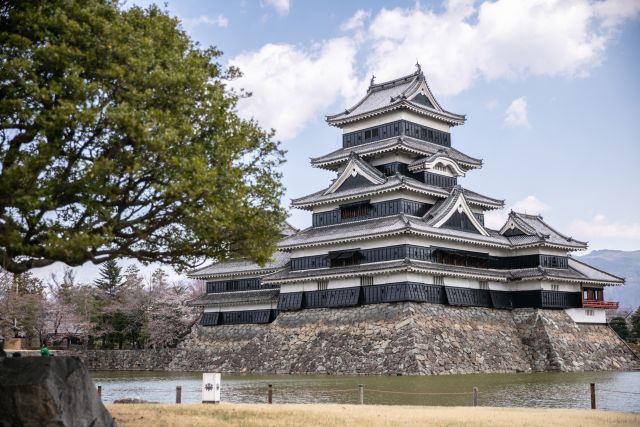
One of the oldest and most beautiful castles in Japan, the Matsumoto Castle boasts stunning architecture and a rich history. Visitors can explore the castle and its surrounding gardens, and learn about the samurai culture that once thrived in the area.
Take a trip to Shirakawa-go
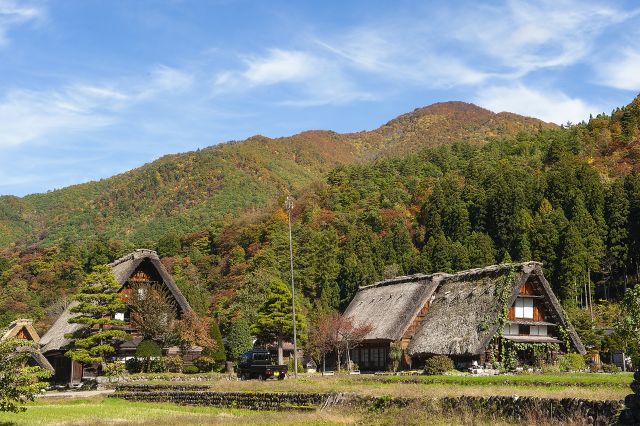
This UNESCO World Heritage Site is a picturesque village in the mountains, with traditional thatched-roof houses and stunning natural scenery. Visitors can experience local culture and get a taste of traditional foods and crafts.
Explore the Snow Monkeys of Jigokudani

This unique attraction offers visitors the chance to observe wild Japanese macaques as they soak in the natural hot springs. With stunning mountain scenery and a chance to see these playful animals up close, it’s a must-see destination in Chubu.
Try local cuisine
Chubu is known for its delicious food, and visitors can indulge in a variety of local specialties, from fresh seafood and sashimi to hot pot and wagyu beef. There’s something to satisfy every appetite, and trying new foods is a great way to experience local culture.
Conclusion
In conclusion, the Chubu region of Japan offers a wide range of attractions for visitors to explore. From the stunning natural beauty of the Japanese Alps to the historic and cultural landmarks in cities like Nagoya and Matsumoto, there is something for everyone. Visitors can also enjoy delicious regional cuisine and relax in luxurious accommodations while taking in the beauty of the surrounding areas. The region is easily accessible by train, bus, or car, and the best time to visit depends on the specific destination and activities planned. Whether you’re a nature lover, history buff, or foodie, the Chubu region of Japan is definitely worth a visit. So start planning your trip today and discover all the wonders that this region has to offer!

